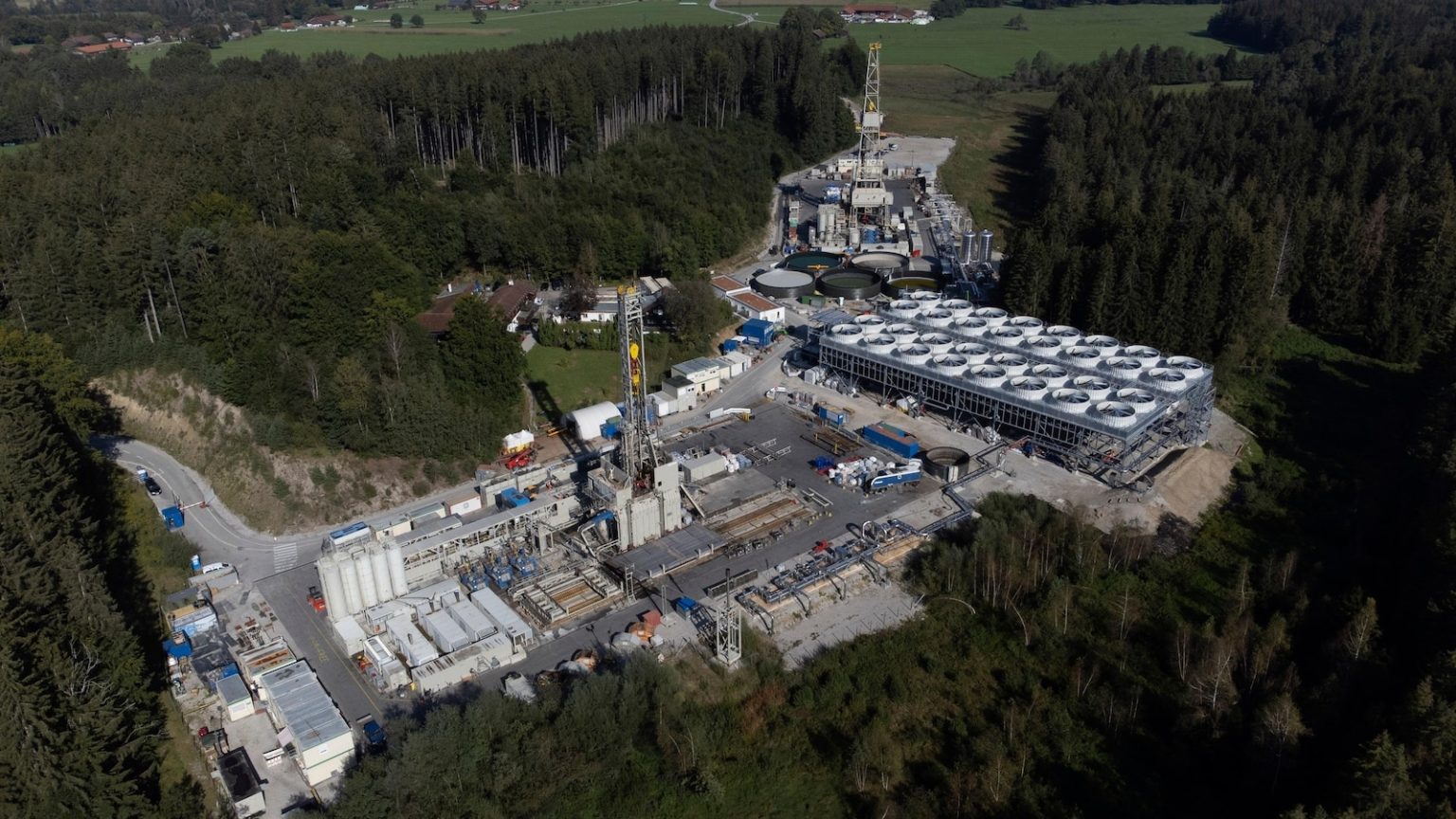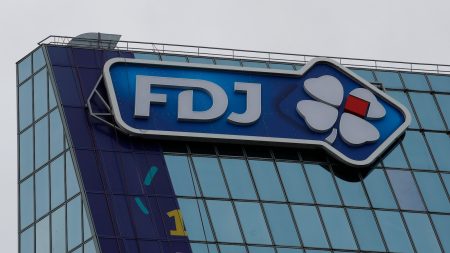A New Dawn for Geothermal Energy: The Story of Geretsried
Nestled in the heart of Bavaria, Germany, the small town of Geretsried has long harbored a vision of transitioning to clean energy. For decades, its residents dreamed of harnessing geothermal energy to power their homes and businesses, moving away from fossil fuels. However, their hopes were dashed about 15 years ago when traditional geothermal drilling efforts failed to find sufficient hot water near the surface to make the project economically viable. The town reluctantly turned to natural gas, a decision that left many disappointed. “We gave up. We had big hopes,” reflected Michael Müller, Geretsried’s First Mayor, who has witnessed the town’s journey toward sustainability firsthand.
But today, Geretsried is on the brink of a new chapter in its quest for renewable energy. A new generation of geothermal companies is stepping in, armed with innovative technologies borrowed from the oil and gas industry. These companies, like Canada-based Eavor, are shifting the focus from shallow hot water reserves to deeper, hotter rock formations. By drilling kilometers into the Earth’s crust, they aim to unlock the vast potential of geothermal energy in places where traditional methods fell short. For Geretsried, this means a second chance to become a pioneer in the global transition to clean energy.
The Eavor Revolution: A Game Changer for Geothermal Energy
Eavor, whose name stands for “energy for ever,” is at the forefront of this geothermal revolution. The company’s breakthrough approach involves drilling two deep wells and then branching out into a network of lateral wells, creating a closed-loop system called the “Eavor Loop.” This design allows water to circulate through hot rock formations, absorbing heat naturally without the need for hydraulic fracturing (fracking). The heated water is then used to generate electricity or provide warmth through a district heating system.
Geretsried has become a proving ground for Eavor’s technology. The town’s unremarkable geology, far from the volcanic hotspots of places like Iceland, makes it the perfect test case. If Eavor can succeed here, it can succeed almost anywhere. “Our whole point is that we want to have geothermal anywhere, everywhere,” said Eavor CEO John Redfern. “What better way to prove that than to put our first well where they tried and failed with traditional geothermal systems?” The project’s success could pave the way for geothermal energy to become a mainstream global energy source.
Geothermal Energy’s Global Potential
The International Energy Agency (IEA) has long championed geothermal energy as a key player in the global energy transition. In a recent report, the agency highlighted how advancements in drilling technology are unlocking geothermal potential across the globe. By drilling deeper than 3 kilometers, nearly every country can now generate heat and electricity from geothermal sources. “It has been a niche energy and concentrated in a few countries,” noted IEA Executive Director Fatih Birol. But with these breakthroughs, “geothermal can contribute to the global energy picture in an accelerated manner.”
For Geretsried, this means more than just a local energy solution. The town’s project is part of a broader movement to reduce reliance on fossil fuels and combat climate change. Germany, in particular, is under pressure to transition away from natural gas following Russia’s invasion of Ukraine in 2022. The country’s heating systems, which account for a significant portion of its carbon emissions, are a major focus of this effort. By integrating geothermal energy into its district heating network, Geretsried is setting an example for communities worldwide.
District Heating: A Key to Widespread Geothermal Adoption
District heating systems, where heat is generated centrally and distributed to homes and businesses, are common in many parts of the world. In Europe alone, there are 17,000 such networks serving 67 million people. Historically, these systems have relied on fossil fuels, but a growing number of cities are turning to geothermal energy as a cleaner alternative. Geretsried’s project is no exception. The town’s geothermal plant will initially generate electricity, but its long-term goal is to provide heat to the equivalent of about 36,000 homes through a district heating system.
Eavor is also exploring opportunities beyond Geretsried. The company has signed contracts to provide geothermal heat in other German cities, such as Hanover, where it will help phase out coal. Additionally, Eavor is licensing its technology to utilities and companies worldwide, from Japan to the United States. A major investor in Eavor is Chubu Electric Power Company, one of Japan’s largest utilities, which sees immense potential for geothermal energy in its home country.
The Future of Energy: Clean, Secure, and Sustainable
The shift toward geothermal energy is not just about reducing greenhouse gas emissions; it’s also about energy security. As the world grapples with the challenges of climate change and geopolitical instability, geothermal offers a reliable and renewable alternative to fossil fuels. “We want to remain future-proof,” said Mayor Michael Müller. “So let’s start the future.”
For Geretsried, this future is already taking shape. The town’s geothermal project is more than just a technical feat; it’s a testament to the power of innovation and collaboration. By embracing new technologies and rethinking traditional approaches, communities like Geretsried are paving the way for a cleaner, more sustainable energy system. As Eavor CEO John Redfern put it, “We’re proving that geothermal can be anywhere, everywhere.” And if Geretsried’s project succeeds, it could inspire a global transformation in how we think about energy.
In a world racing to address climate change, the story of Geretsried serves as a reminder that even the smallest towns can have a big impact when they embrace bold ideas and cutting-edge technology. The future of energy is here, and it’s being written in places like Geretsried.















